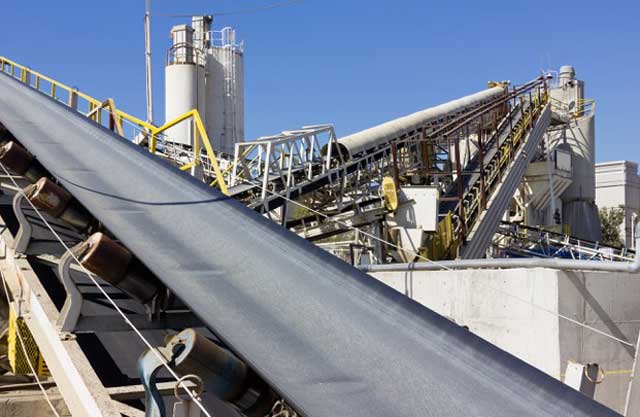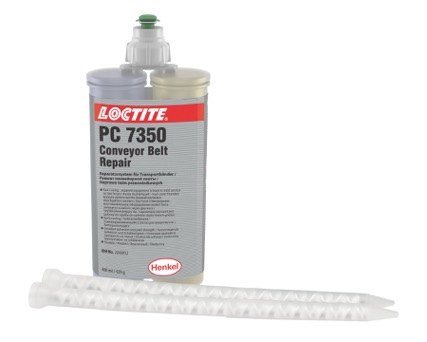 Optimum conveyor belt life is achieved when the belt cover and carcass wear out at the same time – but in the real world how often does that happen? Commonly the belt cover will wear through leaving the carcass intact, an outcome that limits the life expectancy of the system. If running repairs aren’t incorporated into the maintenance strategy, the conveyor will inevitably need to be removed from service well before its time. And the damage might lead to abrupt failure resulting in loss of production, unscheduled maintenance downtime and even injury.
Optimum conveyor belt life is achieved when the belt cover and carcass wear out at the same time – but in the real world how often does that happen? Commonly the belt cover will wear through leaving the carcass intact, an outcome that limits the life expectancy of the system. If running repairs aren’t incorporated into the maintenance strategy, the conveyor will inevitably need to be removed from service well before its time. And the damage might lead to abrupt failure resulting in loss of production, unscheduled maintenance downtime and even injury.
When is repair feasible? The most important question is whether the tensile strength of the carcass on the damaged belt is sufficient to withstand drive and take-up forces. If it isn’t, then replacing the section may be the best option. But if the damage is to the cover alone – and even if a significant area is affected – there is a simple, quick fix. Loctite’s solution, based on polyurethane technology, is proven to provide a lasting repair in the most hostile of environments.
 Polyurethane adhesives are supplied as one or two-part systems and can be used for a wide variety of applications. They are available in very rigid grades through to extremely flexible types such as Loctite PC 7350, designed specifically for conveyor belt repair.
Polyurethane adhesives are supplied as one or two-part systems and can be used for a wide variety of applications. They are available in very rigid grades through to extremely flexible types such as Loctite PC 7350, designed specifically for conveyor belt repair.
Loctite PC 7350 is a two-part polyurethane compound that cures quickly at room temperature, making it a good choice for on-site repairs, not just for conveyor belts but other rubber parts too. For example, it can also be used for rebuilding liners in mills, pumps, feeding bowls, hoppers and chutes and repairing cast urethane screens and liners.
It’s very easy to apply. Abrade the damaged area to create a uniform surface, apply a Loctite etching agent, allow it to dry and the belt is then ready for repair. Attach the mixing nozzle to the PC 7350 cartridge and apply the adhesive to the primed surface.
A US mining company uses this system on conveyors which transport hard and sharp stones to and from crushers. It has been able to restore belts to full working order within two hours, saving high replacement costs and expensive downtime. Its experience is echoed by an Australian manufacturer that had been losing up to £7,000 hourly in delays on ship loading through belt damage.
A quality repair can extend belt life too, by up to 70% in most cases.
For a video of how to repair a conveyor belt with Loctite PC 7350 go to: https://youtu.be/z10UOhWB0xA.

